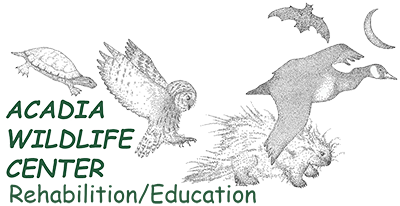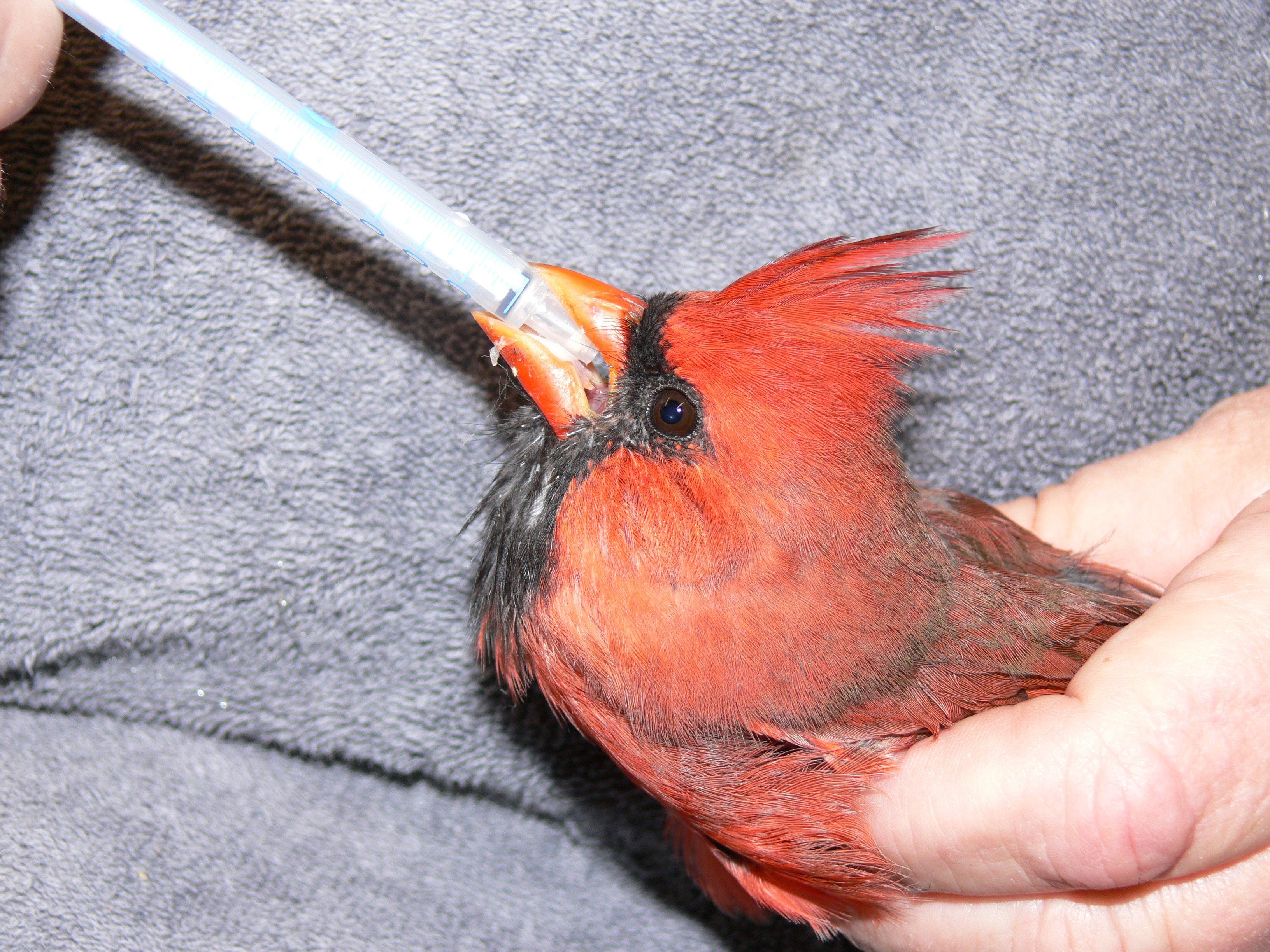HELPING WILDLIFE AND YOURSELF- IN YOUR OWN BACKYARD
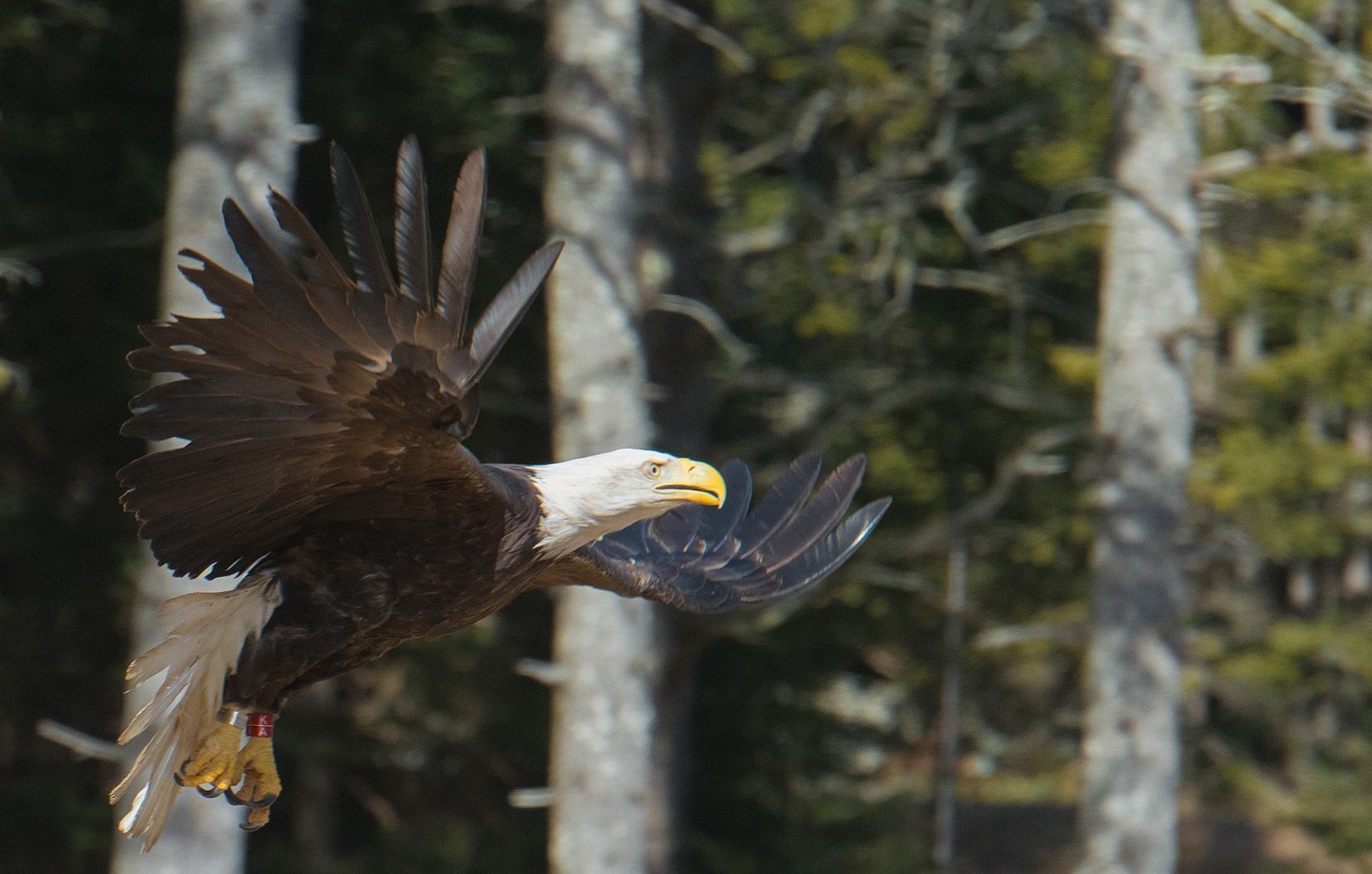
The world is a big place with lots of big problems. There’s climate change to fix. There’s the rain forest to save. Plants and animals are going extinct. There’re wars to stop. But the other day I was reading a post from the Ukrainian Bat Rehabilitation Group, located in Kiev. In spite of everything, they have managed to rehab and release thousands of bats since the war started. We can’t fix everything at once, just one problem at a time. Let’s start in our own backyards.
When it comes to wildlife and the environment we can create useful habitat; can stop doing harmful things; and learn more about our wildlife neighbors so that conflicts are resolved.
CREATING AND PROTECTING USEFUL HABITAT:
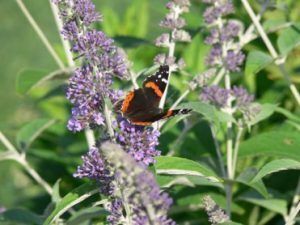
Wild animals need three basic things for their survival: food, shelter, and water. These elements can be provided in an endless combination in even the smallest of backyards. The richer and more varied the vegetation, especially food bearing shrubs and pollinator friendly plants, the better. Vegetation should include layers starting with trees, both evergreen and deciduous; understory that includes fruit bearing shrubs; and ground plants that include perennials, annuals, and grasses.
Hedges and thick bramble provide hiding places and nesting habitat. Brush piles can be formed in ‘porcupines’ which give animals safe haven from danger. A variety of flower shapes and heights attract pollinators, certain plants feed emerging caterpillars. Have nectar plants in bloom throughout the season.

Try to avoid pesticides. They are killing off the insects that you want in your garden as well as the ones that are eating your plants. Let the birds do their jobs and plant a variety of plants so specialist pests are not attracted to the area. There are many safe products that can be used to discourage plant eating mammals and insects. An organic garden supply business can be very helpful in sorting these out.
Water can be as simple as a bird bath. An inch or two of clean water is safest with a rough landing surface. For the ambitious, there are wonderful small ponds and waterfalls that attract frogs and other water loving animals. In 2023 we filled a water tub and put water lilies still in their pots filling it. We had gorgeous waterlily blooms all summer. Just make sure that water is set away from cover where a predator could hide and can safely be exited. Birds and frogs can drown in deeper water; buckets of water left around a garden can be deadly. Only one native frog, the Grey Tree Frog, has suction feet and belly to get out of a swimming pool but the addition of a Frog Log Critter Saving Escape Ramp can help any other animal that falls in. Check out Frog Logs on Amazon here.
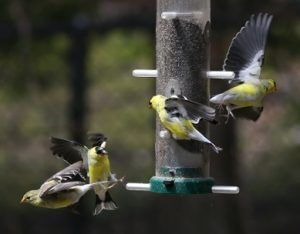
It is always best when wildlife can choose their own food and nesting sites. However, bird feeders and bird houses are fun for the homeowner and useful to the animals. If there are plenty of wild foods available, bird feeders do no harm. However, bird seed does not provide the full spectrum of necessary nutrients, it’s a snack, not a balanced meal. Be sure to keep your feeders very clean. We get in a lot of birds with eye infections from repeated visits to feeders where many others feed, passing bacteria. To cut down on competition, place birds houses away from bird feeders, and to avoid animals raiding your bird feeders, take them down in summer. Its better for birds to spread out into their own nesting territories in the summer season anyways. If you have bears or raccoons that are really persistent you may have to take down the feeders permanently for a while until the large mammals go elsewhere.
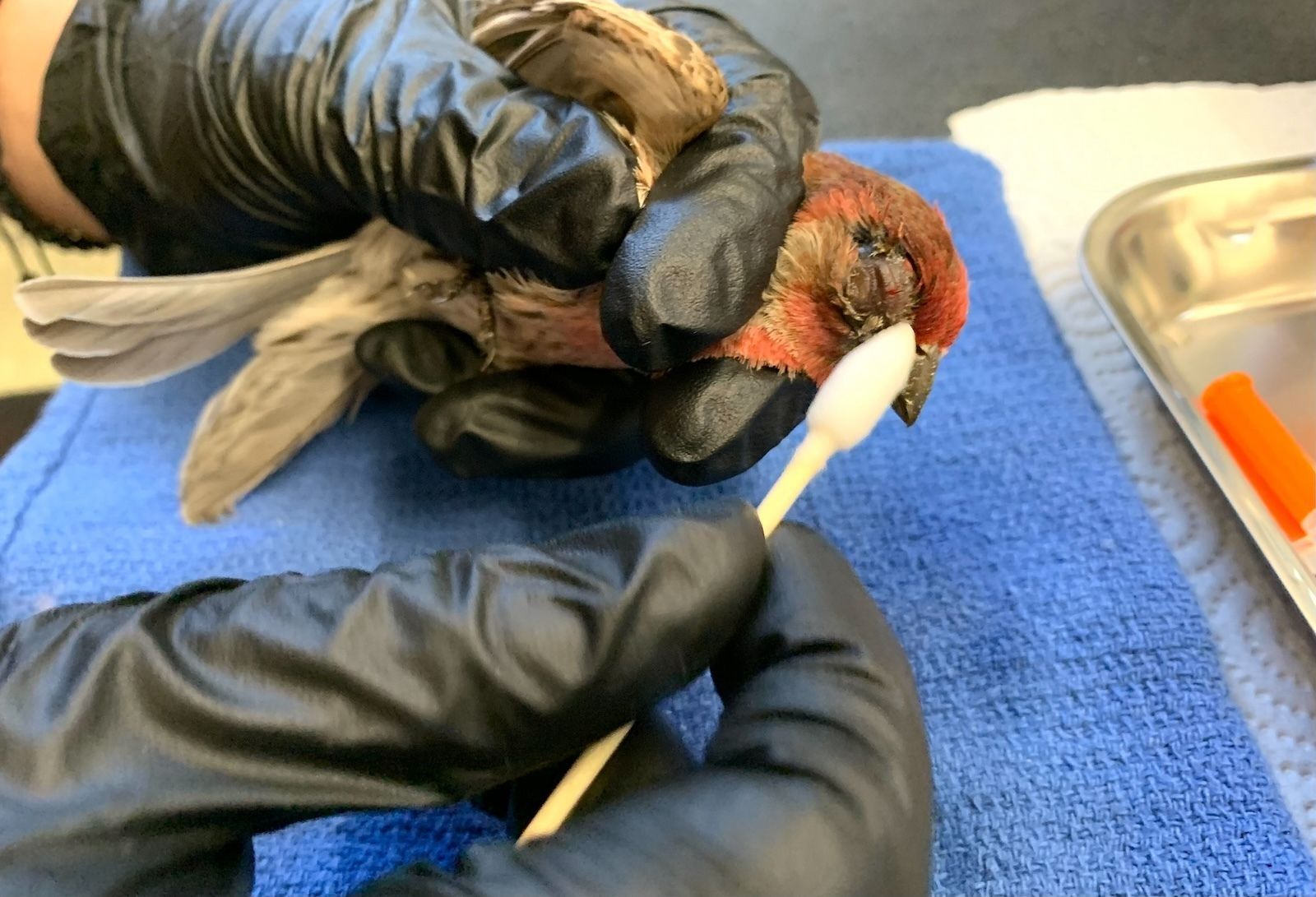
Feeding mammals is less desirable. Having squirrels at your birds feeding stations is inescapable. But putting food out for foxes, raccoons, and deer is harmful. Raccoons and foxes which come to a feeding station are forced to congregate in a group when normally each would have their own territory. Their boundaries and territories are very important to their natural history and breeding success. In tight groups they are more likely to pass diseases to each other and become habituated to humans. One person’s lovely tame fox is a neighbor’s pest ready to be shot. You are not doing these animals any favors.

Nutrition is an important element also. Most people give food that is not nutritious. Deer and porcupines change their metabolisms to meet the very lean winter food that is available. Anyone who has had horses knows that you can’t suddenly give an animal a rich diet when it has been used to a lean one, without risking their health. Deer can die from rich grain, when their bodies are designed for winter barks and buds and cannot tolerate hay. It is best for all wildlife to plant a habitat and food rich garden and let them do their own browsing. You can find gardening tips here.
